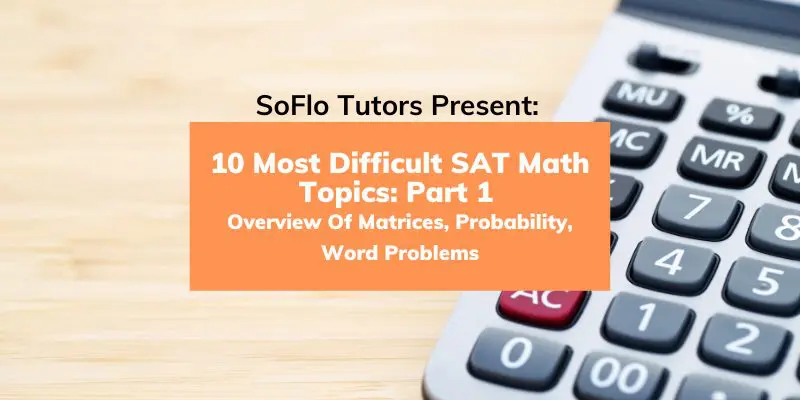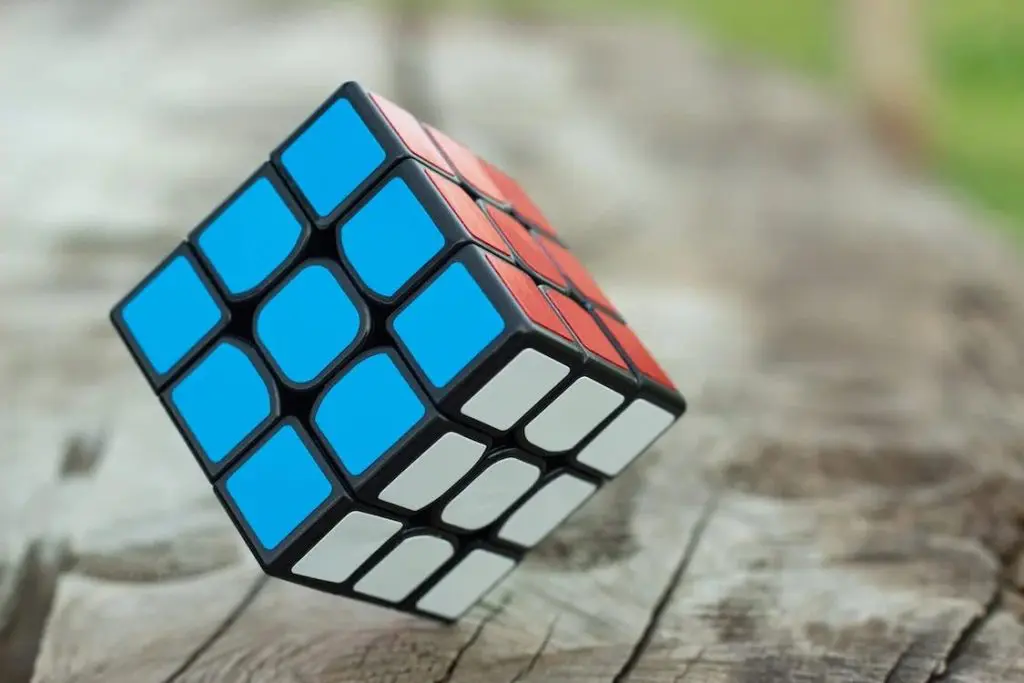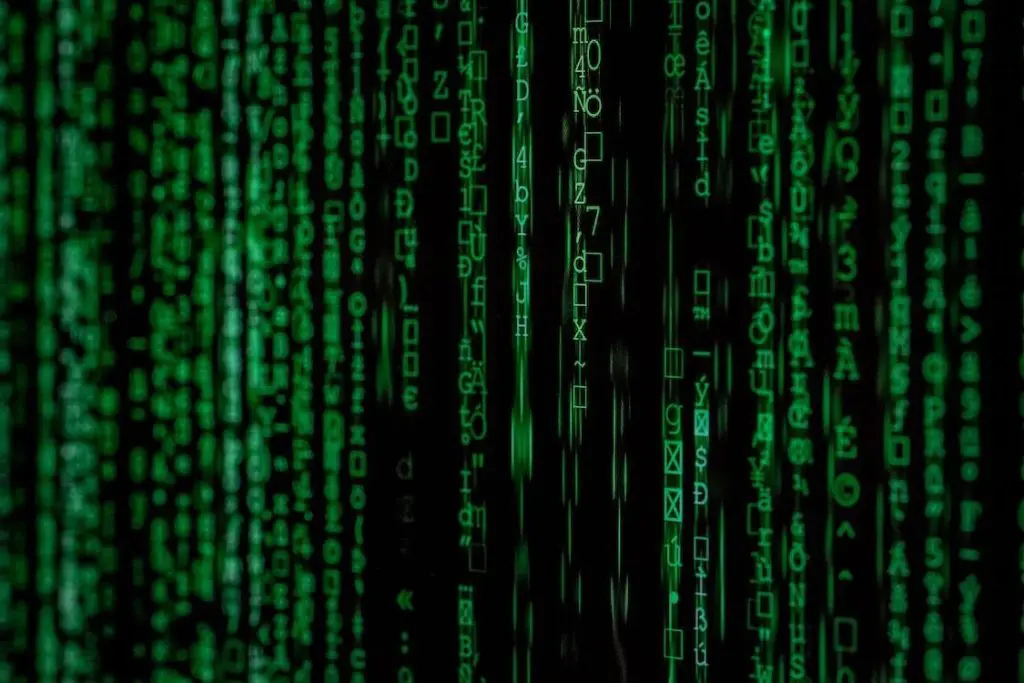
Because the Math portion of the SAT spans two sections, the sheer breadth of topics it covers can make it notoriously difficult for students. Students that like and excel in Math subjects in school can struggle on the section, as well, as there are several challenging types of problems that require a bit more thinking than a simple plug-and-chug algebraic equation.
Additionally, since Math can be taught differently across school districts and even states, you may find that your educational preparation may be lacking in some areas that are important to the SAT. Any sort of standardized test requires broad generalization, and it’s not unusual that certain teachers may gloss over certain topics to focus on other ones. Schools also have different tracks for Math classes, so some students may not have even gotten the chance to learn about some Math areas before the SAT.
That being said, it is important to devote dedicated study time to the Math section of the SAT, even if you’re a Math whiz, and familiarize yourself with the different types of problems you’ll be facing. There are 10 topics on the Math SAT that commonly give many students grief. Be sure to review these in particular, and make sure you study, practice, and have an effective strategy to tackle them come test day!

The SAT Math Section: Overview
Before we dive into the hardest topics on the SAT Math section, it’s important to have a general understanding on its components.
As mentioned earlier, there are actually two sections that cover Math on the SAT: one No-Calculator Section and one Calculator Section. Both of these sections make up the second half of the test, so they are the third and fourth sections overall. The No-Calculator section is 25 minutes and has 20 total questions, while the Calculator section is 55 minutes and has 38 total questions. One important thing to note about the Math section are that the questions are not ordered randomly! They are actually ordered from least difficult to the most difficult – so most of the challenging Math problems will come towards the end.
| No-Calculator Math Section | Calculator Math Section |
| 25 minutes | 55 minutes |
| 20 questions: 15 multiple choice, 5 grid-in | 38 questions: 30 multiple choice, 8 grid-in |
| Average 1 min and 15 sec per question | Average 1 min and 26 sec per question |
| Not allowed to use a calculator | Allowed to use a calculator* |
Each section is scored out of 400 points by converting your raw score (how many questions you got right) to a 400 point-scale. The conversion is not the same each time, however, and depends on the test you take. Each section score is summed to give you your total math score. That means that the maximum score you can get on the math portion of the SAT is 800. The median Math total score (the 50th percentile score) usually hovers between 520 and 530.
There are four official content areas that are tested throughout both sections of the SAT Math portion: Heart of Algebra, Problem Solving and Data Analysis, Passport to Advanced Math, and Additional Topics in Math. Check out this article for in-depth explanations and example problems for each of the content areas.
The Hardest SAT Math Problems
I’ve tutored countless students on the SAT Math section and these are the topics and types of problems that I’ve seen them struggle with the most. While difficulty level is subjective and depends on each students’ strengths and weaknesses, these are common topics that are considered the most difficult. This could be due to a variety of factors like complexity or just the level of abstractness. It is crucial that you reflect on your own understandings of these topics and tailor your study plan to those topics that you personally find the most challenging.
Check out example problems for each of these topics in Part 2 of this article, here, to see where you stand.
#1: Quadratic and Polynomial Equations
The SAT’s problems involving quadratic equations will assess your ability to manipulate and solve second-degree polynomial expressions. The questions typically involve a range of topics, including factoring, solving for roots, and understanding the graphical representation of quadratic functions. Questions on polynomials are similar, except they will involve higher-degree expressions.
Students can have a hard time with these types of problems because quadratic and polynomial equations can be slightly more abstract, and it can be difficult to understand the relationship between the equation and its graphical representation. Additionally, these problems usually require more complex algebraic manipulations of equations with many steps and multiple terms to handle.

#2: Trigonometry
On the SAT, trigonometry questions primarily focus on right triangles and the basic trigonometric functions: sine, cosine, and tangent. Test-takers may encounter problems involving angle measurements, side lengths, and applications of these functions in real-world scenarios.
Many students find trigonometry to be difficult because of all the rules to memorize, as well as the different approaches you can take to each problem (sometimes, there’s multiple ways to get to an answer). Trigonometry problems are also often combined with other math topics, like geometry and algebra, which can be more complex to solve.
#3: Coordinate Geometry
Coordinate geometry problems on the SAT involve the application of geometric principles within a coordinate plane. The coordinate plane consists of two perpendicular axes, the x-axis and y-axis, where each point is represented by an ordered pair (x, y). SAT questions in coordinate geometry often require test-takers to find distances, slopes, midpoints, or equations of lines and shapes.
Like trigonometry, many students find coordinate geometry SAT problems difficult because of all the formulas to memorize (ie. distance formula, midpoint formula, slope). Additionally, coordinate geometry is similarly integrated with other math topics like geometry and algebra. Another reason why coordinate geometry can be difficult for students is because some problems require spatial visualization, where you must imagine and manipulate points, lines, and shapes within the coordinate plan in your head.
#4: 3-D Geometry
Each SAT will ask a handful of 3-D geometry problems. They usually come towards the middle or end of each section because they are, by nature, a bit more challenging. 3-D geometry problems involve spatial reasoning and understanding the properties of three-dimensional shapes. Test-takers may encounter questions related to finding volumes, surface areas, or angles within 3-D figures such as cubes, cylinders, or prisms. These problems require a solid grasp of geometric principles in a spatial context, often integrating concepts of geometry and algebra to solve problems involving three-dimensional shapes.
Again, the difficulty of these problems involve the integration of other math topics, as well as the spatial visualization skills needed. Contrary to what you would expect, though, memorizing formulas is actually not too much of a burden here since the SAT provides several formulas at the beginning of the test, including those for volume, which is what you would be using the most for 3-D geometry-type of problems. In my experience, a lot of students struggle with 3-D geometry simply because they are intimidated by the 3-D plane, which they think makes the problem way more complex than it actually is. The approach to solving problems in 3-D shapes is basically the same as 2-D shapes, except you are often adding an extra variable to your equation.

#5: Complex Numbers (Imaginary Numbers)
Complex numbers problems on the SAT involve the manipulation and understanding of numbers that include both real and imaginary components. Test-takers may encounter questions that require operations like addition, subtraction, multiplication, and division of complex numbers. Additionally, problems may involve finding roots of complex numbers or representing complex numbers geometrically on the complex plane.
Similar to 3-D geometry, a lot of the difficulty students face with complex numbers is intimidation. The problems involving complex numbers are often simple algebra, but you just have to have a strong understanding of what a complex number is. Once you grasp that concept, most problems involving i will be a piece of cake. Some students, though, do struggle with the abstractness of complex numbers and could do with an experienced SoFlo tutor to explain the concept clearly and succinctly.
#6: Word Problems
Word problems on the SAT involve the application of mathematical concepts to real-world scenarios, requiring students to interpret and analyze information presented in written form. These problems span various mathematical topics, including algebra, geometry, and arithmetic, and assess not only mathematical skills but also the ability to comprehend and solve problems in a contextually rich environment.
The difficulty of word problems stems from their format. Word problems can often include red herrings and be less straightforward than other Math SAT problems. Students will often have to think about what the problem is asking for before deciding on an approach. This is what I’ve found stumps students the most – not knowing where to start after reading a world problem. Furthermore, word problems can combine different math topics so that students must solve the problem using different techniques in multiple steps. Word problems are probably one of the most tricky types of problems students will face on the SAT Math section and having an efficient strategy to approach them is key.
#7: Ratios
Ratios seem simple enough in concept, but they are easy to mess up and test-takers can often confuse themselves depending on how they write out the problem. Ratio SAT problems involve comparing quantities using a mathematical relationship expressed as a quotient. Test-takers may encounter ratio problems that require simplifying, finding equivalent ratios, or using ratios to solve various real-world scenarios.
Students can confuse themselves on ratio problems, often because of the way they’re packaged. You will often find them in word problems, where you have to figure out for yourself the right ratios to put on either side of the equation. If you mess this up, the rest of the problem will be incorrect. Ratios are also commonly found in geometric problems, which can cause a lot of students grief. Finally, the mathematical manipulation of ratios can get quite confusing when you’re moving numbers across the equal sign or multiplying across numerators or denominators.
#8: Matrices And Determinants
Matrices will not be found on every test of the SAT, but it still crops up now and again. It’s the roll of the dice if you will get a problem involving a matrix, but it’s better to be prepared. The good news is that matrices are a pretty advanced math topic, so SAT questions on the topic are relatively simple. Matrices are rectangular arrays of numbers, and students will pretty much only be asked to add, subtract, multiply, or find determinants of a matrix in the SAT.
The difficulty of matrices lie in the concept itself. It’s abstract and can be a steep learning curve to understand. Again, a good teacher or SoFlo Tutor is essential to understanding difficult topics like this. Once you understand the basics of the concept, though, you’re good to go if they pop up on your test.

#9: Data Analysis And Statistics
Data analysis and statistics on the SAT involve interpreting and drawing conclusions from numerical information. Test-takers may encounter questions requiring the interpretation of charts, graphs, and tables, as well as the calculation of statistical measures such as mean, median, mode, range, and standard deviation.
Students find these types of problems difficult because students must be familiar with a wide range of concepts: first, they must know how to interpret multiple representations of data. Students should have a firm understanding of how methods like scatterplots, frequency tables, and histograms work. Second, students must know how to calculate various statistical measures, like mean, median, mode, and standard deviation.
Data analysis and statistical problems are also tricky because they require a level of critical thinking. For example, some questions may involve making inferences based on given data, requiring critical thinking skills and an ability to draw conclusions from the information provided. Another example is that questions may assess knowledge of experimental design and the ability to interpret studies or experiments, adding a layer of complexity beyond basic statistical calculations.
#10: Probability
Probability questions on the SAT assess a test-taker’s understanding of the likelihood of events occurring. These problems often involve calculating probabilities using ratios of favorable outcomes to total possible outcomes, understanding concepts such as independence and conditional probability, and interpreting probability in various real-world scenarios presented in word problems.
Probability is, by nature, a challenging math topic for many students. Understanding how probability rules work can be quite abstract and there are various different concepts to understand, such as combinations, permutations, and conditional probability. All of these concepts can possibly be integrated in a single problem. Problems involving combinations and permutations can be particularly challenging, as students may struggle with the intricacies of counting methods and organizing possibilities. Conditional probability is also difficult, since students need to navigate how the probability of one event will depend on another. Finally, questions may require understanding and interpreting statements related to probability, such as “at least,” “at most,” or “exactly,” which adds an extra layer of complexity.

Example Problems
Now that you’re familiar with the ten most challenging topics tested on SAT Math, you should try your hand at some example problems to scope out your strengths and weaknesses to get started on your study plan. You can find examples of these problems by looking at past official SAT tests, but if you’d like a curated list to go through, check out Part 2 of this article here. This article will also provide in-depth explanations of how to solve each problem, so that you can know how to approach them in the future.
Prepare For SAT Math With SoFlo Tutors
Struggling to understand all these math topics and solve our example problems? SoFlo is here to help. We will help you prepare for the SAT Math section, reach your target score, and get into your dream school. All of our tutors attend top universities around the nation and scored in the 99th percentile on their SAT. They will work one-on-one on you to identify and improve your weak areas and increase your chances of getting your target score. Our tutors schedule to sessions to your availability and our costs start at $60/hour. Check out our tutoring services to book a session!
About The Author
Andie Pinga is an expert SoFlo tutor and graduated from the University of Pennsylvania with a B.A. in Economics and a minor in Anthropology. She scored a 35 on her ACT and enjoys rock climbing and playing the guitar.









